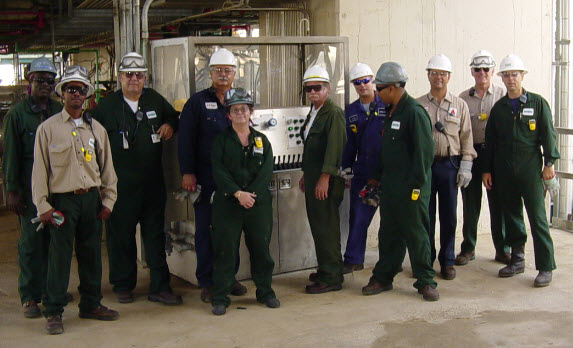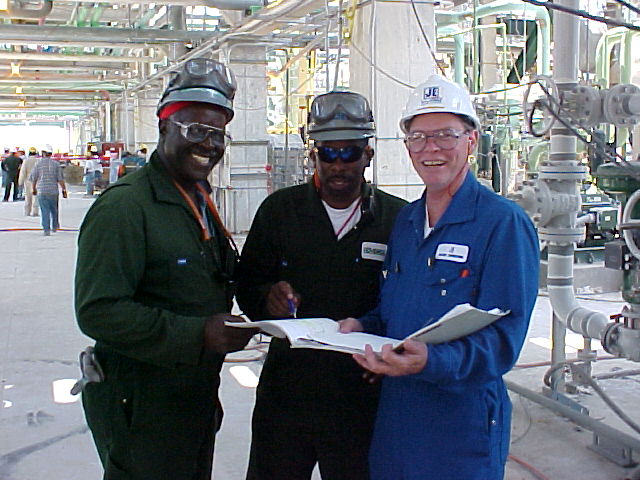One of the issues I see over and over again as I visit various facilities is that there is a disconnect between the upper management/supervisors and the outside operators. Everybody is busy, stretched thin and buried under heavy workloads. Meetings and other responsibilities keep the management team tied up and out of the unit while the operators feel unheard and powerless to create positive change. At the end of my visits, when I am giving the summary of my safety audit or cold eye review, I find myself acting as a conduit between the operators and the management team.
So, how do can you do this when I am not around? One suggestion I frequently make is Management by Wandering Around.
Management by Wandering Around (MBWA) is management practice from the 1980s but is once again becoming popular because its concepts continue to be valid in industries where the management team is perceived as too removed from the day-to-day operation to understand what is really happening.
The point of MBWA is that the managers literally put on their work boots and PPE and just walk around their units in an unstructured way. They look at what their staff is doing, ask questions, and listen to whatever is on the operators minds. It is easy for the management team to become isolated from their core operations. MBWA allows managers/supervisors to be proactive, to see things as they really are and to spot safety issues before incidents happen. It also raises the profile of the management team and brings new opportunities for communication. Personal interaction with members of the staff can be the ideal opportunity to exchange ideas and feedback about developments in the business. The people that do the job every day normally have the greatest insight into process inefficiencies. MBWA can help the management team tap into this ground level knowledge.
Your employees will likely be more engaged and productive if they see you and speak with you frequently. But don’t use MBWA as an opportunity to “crack the whip”. MBWA is about building relationships, not micro-managing people. Appearing critical or domineering only breaks down communication and alienates the employees further. It is vital that the employees don’t feel that they need to be on their best behavior. If you do find that an employee isn’t following procedure, make a note and address the problem in another setting. The real objective is to spot and acknowledge good performance. Ask each employee their thoughts about how to improve the unit operations. If someone’s idea leads to a positive change, make it known who made the suggestion and give credit where credit is due. Make sure you follow up and follow through. If you can’t answer an employee’s question right then, build trust by remembering to getting back to them with an answer later.
To build a strong team atmosphere, MBWA must be a regular ingrained part of the management culture and must be maintained over time. Managers/Supervisors must be committed to the concept and walk around their units with regularity and enthusiasm. It might feel difficult or awkward at first so just think of it as great exercise.
Let’s go! Let’s get outside!
A side note – The late Steve Jobs was the ultimate practitioner of MBWA, extending it beyond Apple’s employees to the customers, often addressing a complaint or concern with a personal phone call. Seems like it worked pretty well for him!









Leave a Reply
You must be logged in to post a comment.